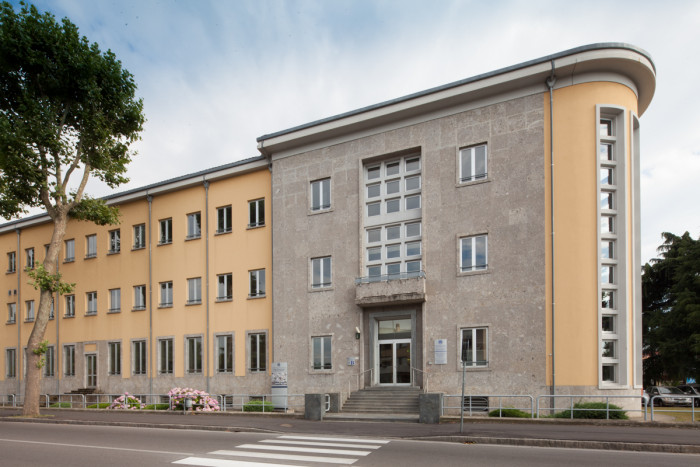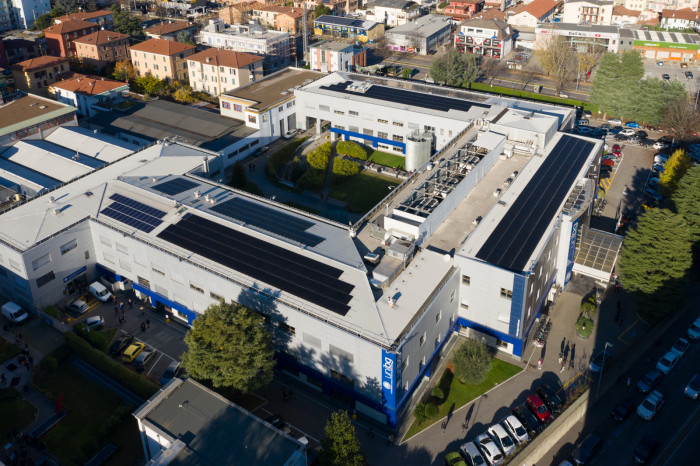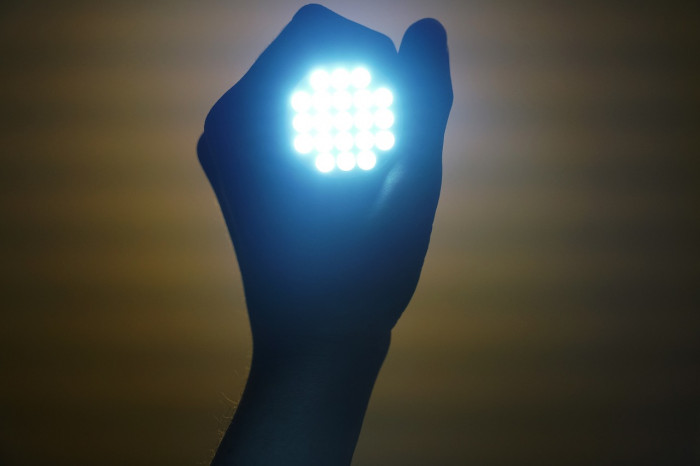Campuses and environmental protection

The University of Bergamo settled in the city one step at a time: the first location was in Piazza Vecchia, in the Palazzo del Podestà which dominates the main square of Città Alta. Afterwards, all the locations adopted were elements of the Bergamo architecture and the urban fabric, therefore renovated in order to transform them into university locations.
The Aula Magna of UniBg is the former Church of Sant'Agostino, the first architectural element - dating back to the thirteenth century - in the Upper Town, next to the panoramic Venetian walls. The Dalmine offices of the Scuola di Ingegneria, the Caniana center which hosts the economic and law campus, and the numerous seats scattered all over the city center, once were buildings with a different purpose too. UniBg is also active in the recovery of all these spaces, and in 2020 of the former Caserma di Montelungo will begin to expand the space dedicated to academic activities of about 3,500 seats.

We initiated a plan for energy improvement interventions - since 2009 - through the installation of two photovoltaic systems at engineering and economic-legal campuses.
Those interventions allowed a considerable reduction of CO2 and a constantly growing energy and electricity consumption saving.
The production of solar energy was in fact equal to the use of significant quantities of gas, diesel and coal and has prevented the release of large quantities of CO2 into the environment.

LED stands for Light Emitting Diod, it literally means light emitting diode.
They are compatible bulbs everywhere, they do not need any start-up time and consume much less than normal bulbs.
They are durable, even after 50 thousand hours they retain much of the brightness, they do not radiate toxic substances or ultraviolet rays harmful to humans. Moreover, they emit low heat, this means they can also be installed on wood and plastic, materials that with other types of bulbs are subject to damage and serious risks.
Just to make a comparison on consumption, a LED bulb consumes about 1/6 of the traditional bulbs. If we consider energy-saving light bulbs, even in this case LED bulbs are far more efficient: For 500 hours of brightness, an LED bulb consumes 500 kW, while the energy-saving one more than double (1,150 kW).
